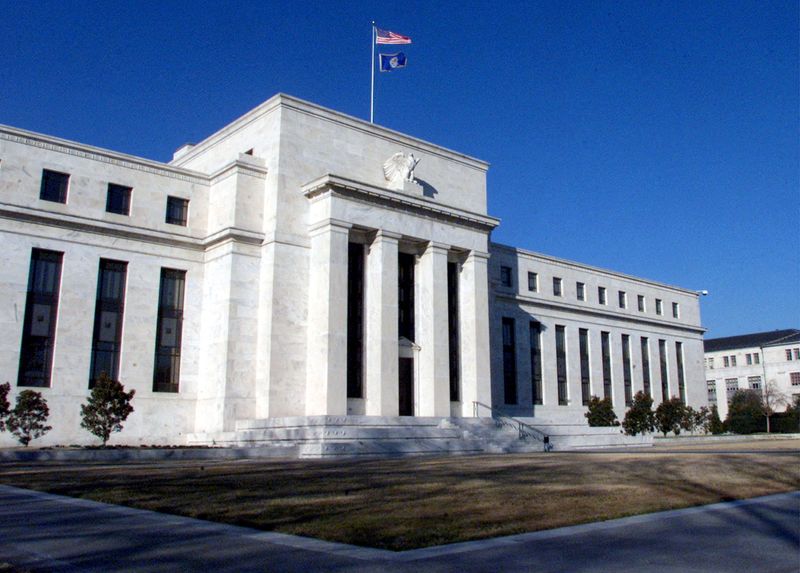By Hannah Lang
(Reuters) - The U.S. Federal Reserve has launched a long-awaited service which will aim to modernize the country's payment system by eventually allowing everyday Americans to send and receive funds in seconds, 24 hours a day, seven days a week, the central bank announced on Thursday.
The "FedNow" service, which has been in the works since 2019, will seek to eliminate the several-day lag it commonly takes cash transfers to settle, bringing the U.S. in line with countries including the United Kingdom, India, Brazil, as well as the European Union, where similar services have existed for years.
FedNow is launching with 41 banks and 15 service providers certified to use the service, including community banks and large lenders like JPMorgan Chase (NYSE:JPM), Bank of New York Mellon (NYSE:BK), and US Bancorp (NYSE:USB), but the Fed plans to onboard more banks and credit unions this year.
The Fed said on Thursday in a statement that 35 banks and credit unions were currently utilizing the service, as well as the Treasury Department's Bureau of Fiscal Service.
The service will compete with private sector real-time payments systems, including The Clearing House's RTP network, and was initially opposed by big banks who said it was redundant. But many have since agreed to participate on the basis FedNow will allow them to expand the services they can offer clients.
"For us, FedNow really is a wonderful way of expanding reach," said Anu Somani, head of global payables and embedded payments at U.S. Bank.
Unlike peer-to-peer payments services like Venmo or PayPal (NASDAQ:PYPL), which act as intermediaries between banks, payments made via FedNow will settle directly in central bank accounts.
The Fed also operates a real-time payments system called FedWire, but that's reserved for large-scale, mostly corporate payments and is only operational during business hours. While the new FedNow system is for everyone, it's likely to benefit consumers and small businesses the most, analysts have said.
"We want our clients to benefit from these capabilities, and we want that to be a competitive edge for us,” said Carl Slabicki, global co-head of payments for BNY Mellon’s Treasury Services.
Smaller banks, which often connect to FedWire via larger lenders, encouraged the Fed to develop FedNow, arguing that it would allow them access to real-time payments without having to pay larger competitors for the service.
“Having the Fed in the space makes our members feel more comfortable that their needs will be met, that they will be treated fairly for pricing,” said Lance Noggle, senior vice president of operations and senior regulatory counsel at the Independent Community Bankers (NASDAQ:ESXB) of America, a trade group.
FedNow will not charge consumers, although it's unclear whether or how participating banks will pass on any costs associated with the service.
Democratic Senator Chris Van Hollen, who had urged the Fed to develop a real-time payments system, said in a statement the launch of FedNow is "good news for American consumers and our economy."
"The launch of FedNow will help connect Americans with their money – when they need it, immediately, in real-time – and will save consumers billions of dollars annually," he said.
Some market participants have raised concerns that FedNow could super-charge a potential bank run by facilitating fast outflows from financial institutions, a fear that was amplified after the failure of Silicon Valley Bank earlier this year.

But Fed officials have downplayed those concerns, arguing that banks have tools available to mitigate a wave of outflows.
At the outset, FedNow will have a maximum payment limit of $500,000, but banks can choose to lower that cap if need be.